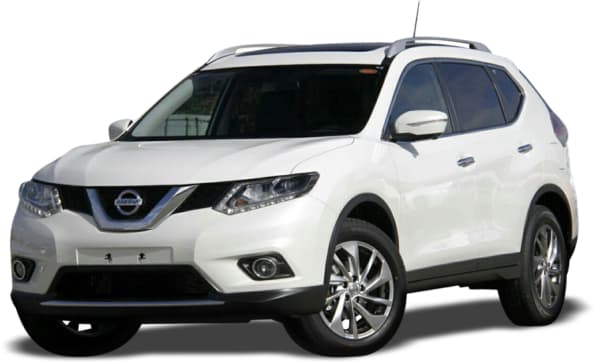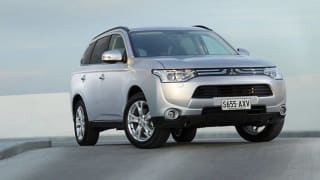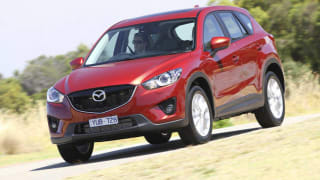Not many car makers have the gumption to show their new model alongside the old one. But Nissan had the confidence to do so at the launch of the new X-Trail. And comparing the two cars was something of an eye opener.
PRICE / RANGE
New X-Trail is available in three grades, the familiar ST, ST-L and Ti - in two or all-wheel drive form. It is also comes in five or seven-seat guise, but for some incomprehensible reason the seven seater is available only with two wheel drive.
Initially, there’s a choice of two engines - 2.0 or 2.5-litre petrol fours (a 1.6-litre turbo diesel joins the line up later in the year). Prices for X-Trail kick off at $27,990 for the 4x2 five-seat ST with the 2.0-litre engine and six-speed manual transmission.
To access the auto, you have to also step up to the larger 2.5-litre engine, a hike of $2500 at $30,490 for the same model. Add all-wheel drive and the total is $33,980. The seven-seat ST is priced from $31,580 or the ST-L from $37,190 (you can’t get a seven-seat Ti), while top of the range Ti with all the trimmings is $44,680.
Standard equipment includes cloth trim, air conditioning, push button start, cruise control, 17-inch alloy wheels, daytime running lights and a 5-inch computer monitor with Bluetooth and smartphone connectivity through the Nissan Connect app.
The EZ Flex seating system with a second row that splits 40/20/40 as well as slides and reclines offers plenty of flexibility, along with a multi-level luggage system in the boot which hides a space saver spare. Higher grades add leather, climate air, satnav, digital radio and Around View Monitor.
TECHNOLOGY
The previous model shared a platform with the Dualis and Renault Koleos. The new X-Trail sits on the new CMF Nissan-Renault shared platform and with the addition of a seven seater is likely to see the demise of the Dualis +2.
The 2.0-litre engine features direct injection and delivers 106kW of power and 200Nm of torque while the 2.5 still relies on older multi-point injection and is good for 126kW and 226Nm.
The auto is a 7-step CVT design that continuously varies the drive ratio to provide a balance between power and economy and allows the driver to change gears manually via the shifter (no paddles).
Suspension is Mac strut at the front and multi-link at the rear, 17 or 18 inch alloy wheels, with electric power steering and a form of predictive stability control called Active Trace Control - as well as Active Ride Control which modulates the dampers. Fuel consumption for the 2.0-litre manual is 8.2 litres/100km while the 2.5 gets a claimed 7.9.
SAFETY
The previous model got four stars. This one has not been rated yet, but in all likelihood will qualify for a full five stars with six airbags, standard reverse camera and a full suite of driver assistance systems. The Ti adds Blind Spot Warning, Moving Object Detection and Lane Departure Warning.
DRIVING
We drove the 2.5-litre model in two and all-wheel drive from. Even with the larger engine, performance was uninspiring, bordering on risky when overtaking. The CVT is designed to slip into stepped mode when driven enthusiastically but to get the most out of the car it is necessary to operate the CVT in manual mode even then the spread of ratios was unsatisfying.
Pushed hard the transmission is overly noisy but will change up when it reaches the rev limit, with the trip computer showing well over 16.0 litres/100km. But, driven sedately, we finished the day on a creditable 7.3 which is relatively impressive for a car this size.
The wagon corners flat and handles well, with plenty of grip but the ride quality while not harsh could become wearing over a longer period with plenty of rebound. The lighter entry level ST with 17 inch wheels and 65 instead of 60 series rubber felt more communicative, more agile and offered a more comfortable ride on back roads.
With lockable all-wheel drive and 210mm of ground clearance, the 4x4 model retains a moderate level of off road ability – but perhaps not as much as before. In looks, it’s certainly a far cry from the boxy X-Trail that we know, continuing the stylish design idiom that started with the Murano several years ago.











